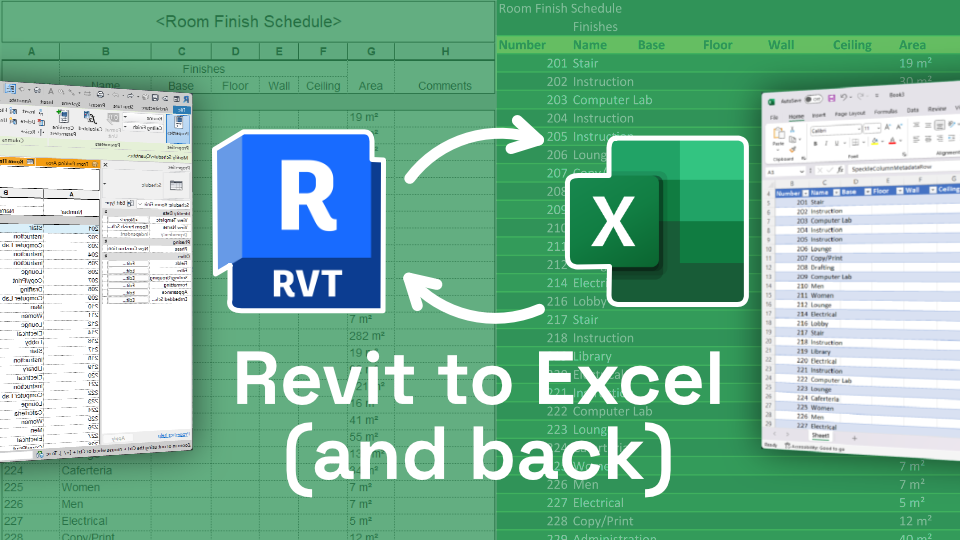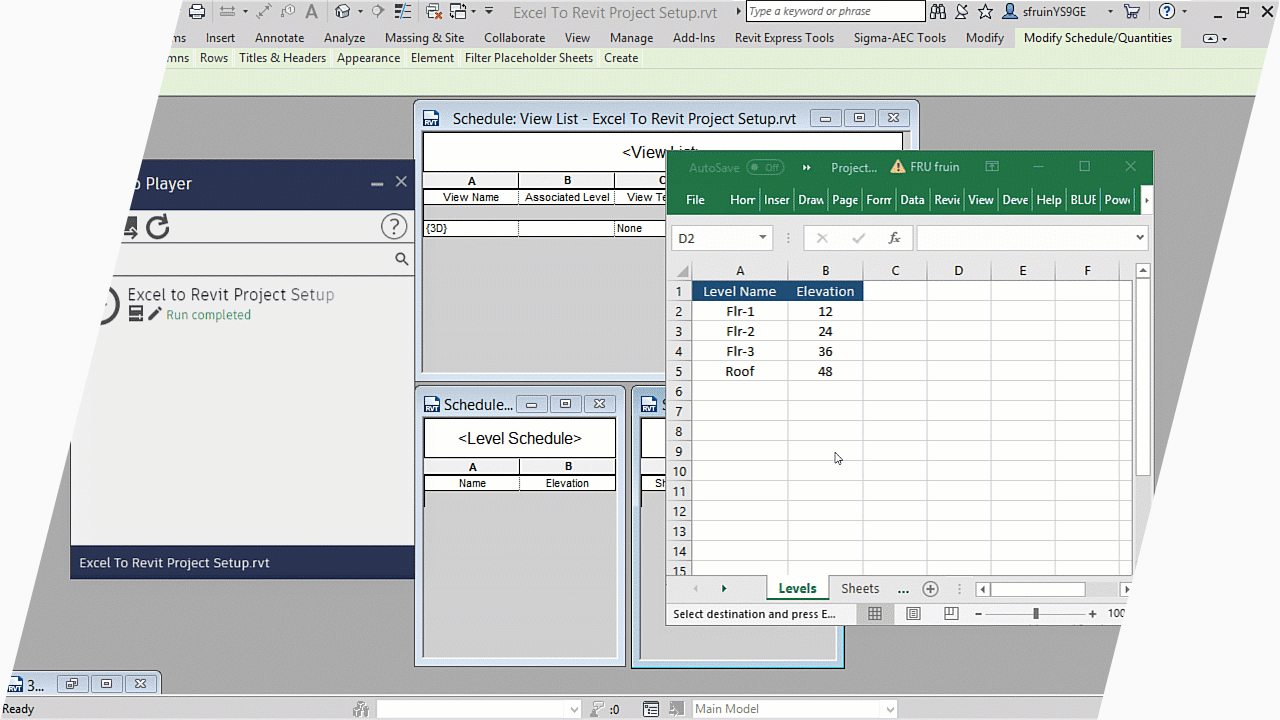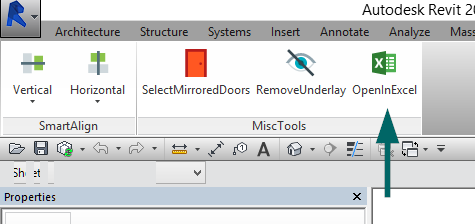Revit Tool Choice for Streamlined Modeling and Layout
Wiki Article
Mastering the Art of Data Assimilation: How to Seamlessly Import Excel Data Into Revit
Are you struggling to import Excel data right into Revit smoothly? Look no additional! In this write-up, we will direct you via the process of grasping the art of information assimilation. Discover the importance of seamless assimilation in Revit and discover the Excel file style for Revit combination. Obtain ready to prepare your Excel data effortlessly and follow our detailed overview to import documents into Revit. With our best methods, you'll accomplish information assimilation success in no time. Let's start!Recognizing the Relevance of Information Assimilation in Revit
Recognizing the relevance of information assimilation in Revit is crucial for seamless importing of Excel files. It permits you to successfully manage and update details throughout the whole job when you integrate data from Excel into Revit. This assimilation makes certain that your style and building process is accurate and current.By integrating information, you can quickly import and update parameters, timetables, and also geometry in Revit. This eliminates the demand for hand-operated data entry, saving you time and reducing the threat of errors. With Revit's data assimilation abilities, you can maintain uniformity and accuracy in your task, while additionally improving collaboration amongst staff member.

Checking Out the Excel Data Style for Revit Combination

In order to effectively integrate Excel files right into Revit, it is vital to make sure that the data is formatted correctly. This consists of appropriately labeling columns and rows, along with structuring the data in a way that works with Revit's information schema. Revit uses specific criteria and classifications to arrange information, so it is necessary to straighten the Excel data with these parameters to make certain a seamless assimilation.
Furthermore, it is important to keep in mind that Revit only sustains certain information types when importing from Excel. These consist of text, numbers, and days. Any various other data kinds, such as formulas or conditional format, will certainly not be acknowledged by Revit and might trigger concerns during the assimilation process.
Preparing Your Excel Information for Seamless Import Into Revit
To ensure a smooth combination process, you'll need to effectively style and tag the columns and rows in your Excel data before continue reading this importing it right into Revit. Because it enables Revit to properly interpret and arrange your information, this step is important. Beginning by examining your Excel data and recognizing which columns and rows include appropriate details for your Revit project. Then, make certain to classify each column with a detailed and clear header. This will certainly aid you and others conveniently understand the function of each column and prevent complication throughout the import procedure.Following, ensure that the data in each column is correctly formatted. If you have a column for dimensions, make sure that all dimensions are consistently formatted in the same units of dimension. Revit relies upon regular format to properly analyze and import information.
Furthermore, it is very important to look for any empty cells or inconsistencies in your information. Revit might not have the ability to check out or import data from cells that are try this website vacant or have mistakes. As a result, it is suggested to assess your Excel data and cleanse up any kind of variances before importing it into Revit.
Step-By-Step Guide to Importing Excel Files Into Revit
As soon as you've properly formatted and classified your Excel information, you can quickly import it into Revit by following this step-by-step overview. To begin, open Revit and browse to the "Insert" tab. import excel into revit.Next, a dialog box will show up, permitting you to customize the import settings. Below, you can choose the worksheet you wish to import, define the variety of cells to import, and select the appropriate systems for your information. Once you've made your choices, click "OK" to proceed.
Revit will certainly currently show a preview of your Excel information. Take a minute to make certain and review the sneak peek that every little thing looks proper. If required, you can make changes to the import setups by clicking the "Settings" switch.
Ideal Practices for Data Integration Success in Revit
Make certain you adhere to these ideal techniques to guarantee effective integration of information in Revit. It is critical to arrange your information in Excel prior to importing it into Revit. Be conscious of the information and devices kinds when mapping the information, as any type of inconsistencies can lead to see errors in the combination process.Another important technique is to regularly confirm and upgrade your information. As your project progresses, it is necessary to maintain your Excel data as much as date with any kind of modifications made in Revit. This will help keep the precision and consistency of your information across both platforms. In addition, make usage of data recognition tools within Revit to identify any kind of errors or inconsistencies in the incorporated data.
Last but not least, it is suggested to establish a clear operations for data assimilation. This includes defining duties and roles, setting up an interaction network between group participants, and developing a routine cadence for data updates and reviews. By complying with these ideal methods, you can make certain a effective and seamless combination of information in Revit, ultimately boosting the efficiency and accuracy of your job.
Conclusion
In final thought, grasping the art of data combination is vital for smooth import of Excel submits into Revit. Comprehending the value of data combination in Revit is the very first step towards successful integration.When importing information from Excel right into Revit, it is vital to recognize the documents style and exactly how it can impact the integration process (revit tool). Revit utilizes certain specifications and categories to organize information, so it is crucial to line up the Excel data with these parameters to ensure a smooth combination
Be mindful of the units and information kinds when mapping the information, as any type of discrepancies can lead to mistakes in the combination process.
In addition, make usage of data recognition devices within Revit to identify any kind of mistakes or disparities in the integrated information.

Report this wiki page